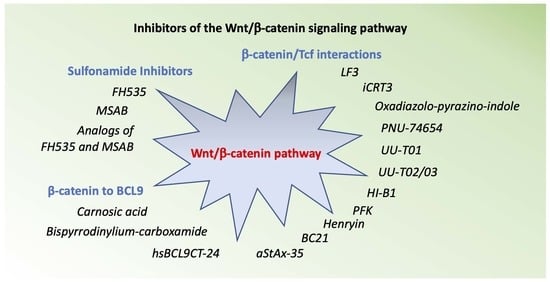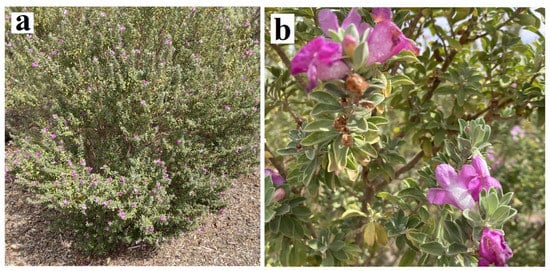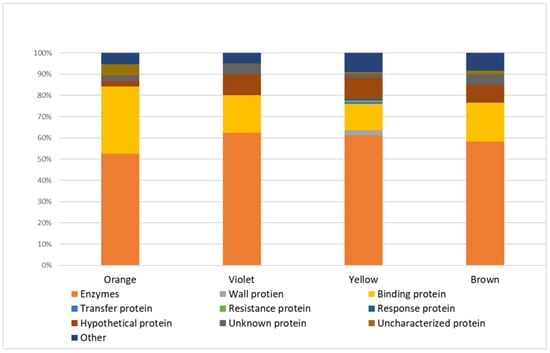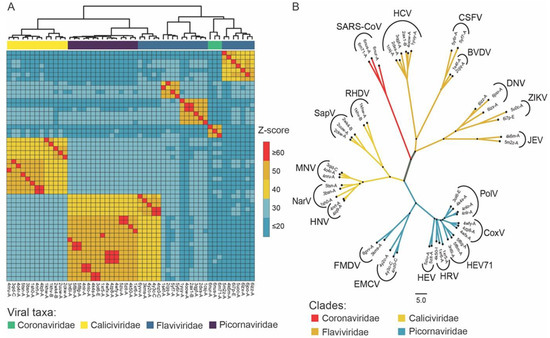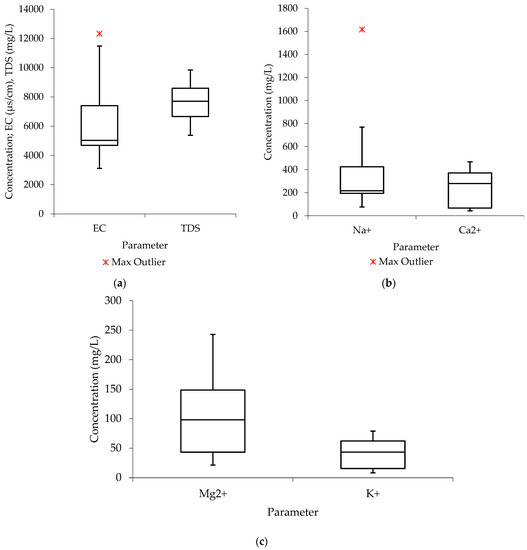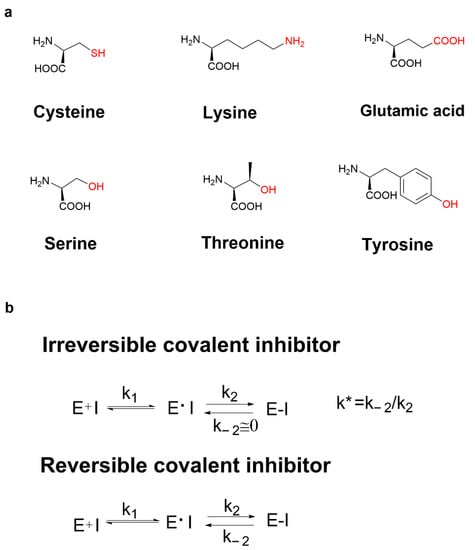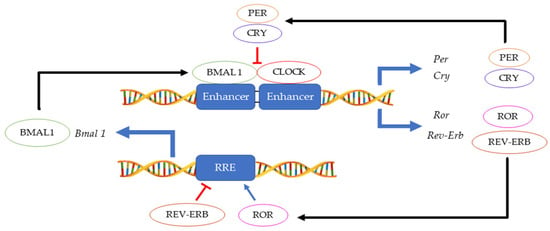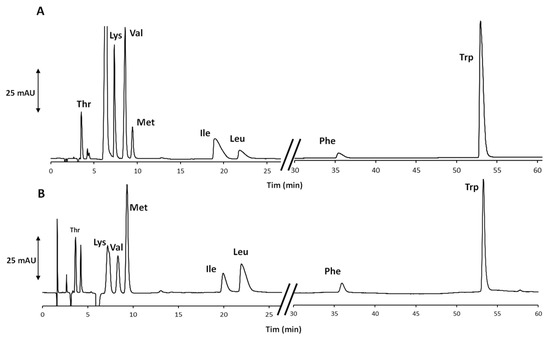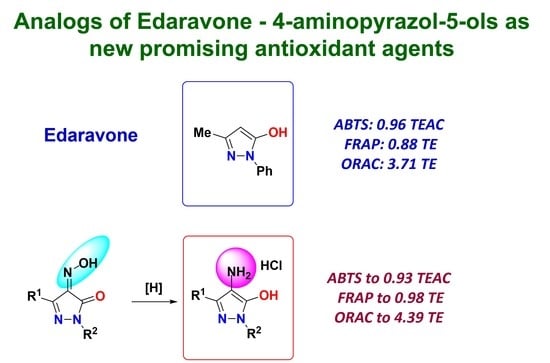Molecules 2022, 27(22), 7736; https://doi.org/10.3390/molecules27227736 - 10 Nov 2022
Cited by 14 | Viewed by 4519
Abstract
►
Show Figures
Epidemiological studies have shown that the consumption of a high-fat diet (HFD) is positively related to the development of obesity. Lycopene (LYC) can potentially combat HFD-induced obesity and metabolic disorders in rats. This study aimed to investigate the effect of LYC on metabolic
[...] Read more.
Epidemiological studies have shown that the consumption of a high-fat diet (HFD) is positively related to the development of obesity. Lycopene (LYC) can potentially combat HFD-induced obesity and metabolic disorders in rats. This study aimed to investigate the effect of LYC on metabolic syndrome and assess its anti-inflammatory and antioxidant effects on the liver and adipose tissue in rats fed an HFD. Thirty-six male Wistar albino rats were divided into three groups. Group Ι (the control group) was fed a normal diet, group ΙΙ (HFD) received an HFD for 16 weeks, and group ΙΙΙ (HFD + LYC) received an HFD for 12 weeks and then LYC (25 mg/kg b.wt) was administered for four weeks. Lipid peroxidation, antioxidants, lipid profile, liver function biomarkers, and inflammatory markers were determined. The results showed that long-term consumption of an HFD significantly increased weight gain, liver weight, and cholesterol and triglyceride levels. Rats on an HFD displayed higher levels of lipid peroxidation and inflammatory markers. Moreover, liver and white adipose tissue histopathological investigations showed that LYC treatment mended the damaged tissue. Overall, LYC supplementation successfully reversed HFD-induced changes and shifts through its antioxidant and anti-inflammatory activity. Therefore, LYC displayed a therapeutic potential to manage obesity and its associated pathologies.
Full article

